Almost everyone reading this article has a passion for cars and bikes. We love to take care of our machines in the best way possible. Some parts on our cars and bikes are replaced as they wear off after constant use and abuse. One such important component in your car is the clutch. The clutch connects the engine to the transmission. If the clutch plate in your car is damaged, then the car cannot move as the engine is unable to send power to the wheels. The life of the clutch in your car depends on several factors like driving style, the place where it is being driven, and many more. Here, we discuss some of the signs that would indicate whether it is time for you to replace the clutch or not.
Grinding Noise
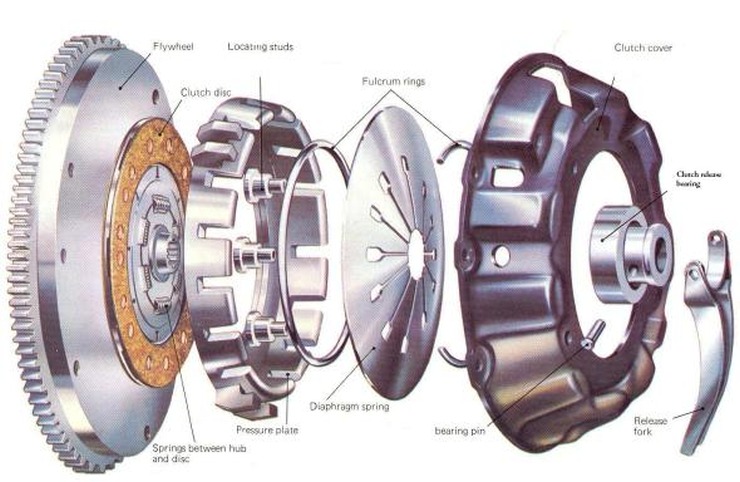
A grinding or growling noise in the car, occurring when the clutch pedal is either pressed or released, typically indicates a worn-out or faulty bearing. It is advisable to have the clutch plate inspected promptly to prevent further damage and potential harm to other mechanical components in the car. Failure to address this issue in a timely manner may result in more extensive damage.
Slippage
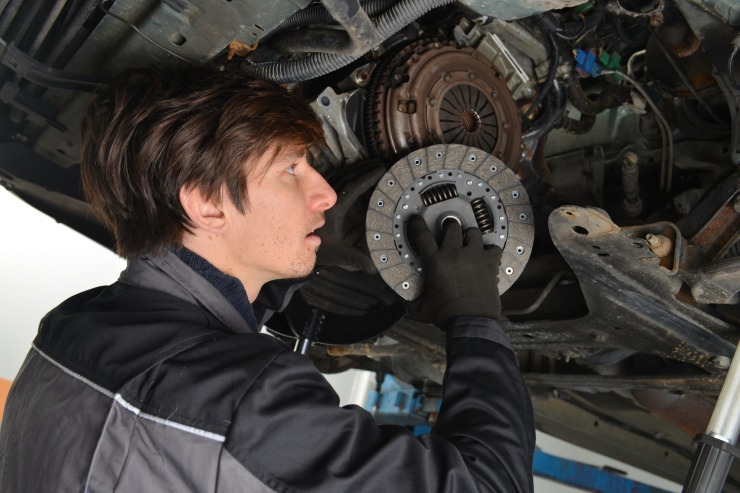
One of the most common signs indicating an aging clutch plate is slippage. When slippage occurs, the RPMs in your car increase, but the vehicle fails to gain speed proportionally. The acceleration is notably sluggish because the clutch in your car is slipping, and the clutch plates cannot generate sufficient traction and power to transfer from the engine to the transmission.
Shuddering
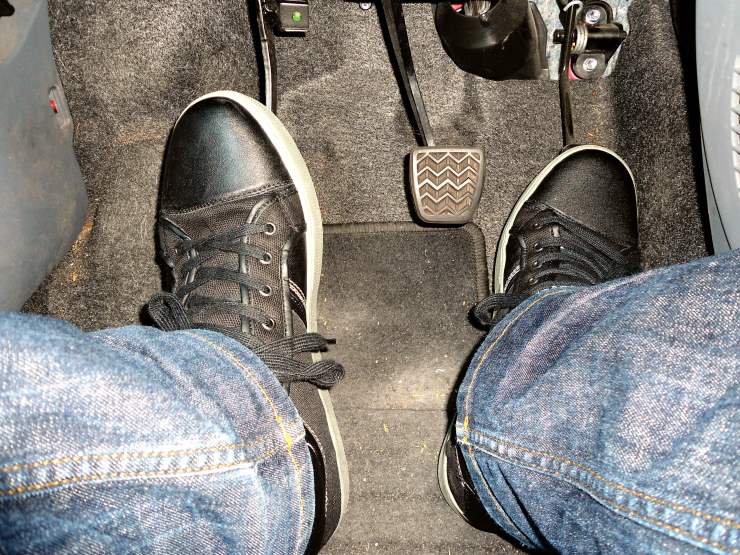
Shuddering refers to the shaking or hopping sensation experienced when releasing the clutch too quickly in a car. If this hopping sensation persists while driving at low speeds, it is indicative of an issue with the clutch system in your car. Occasionally, this problem arises due to water entering the clutch during travel through flooded roads. In such instances, the hopping effect typically reduces after driving for several kilometers. If the shuddering persists, it is advisable to consult with a mechanic. This problem may also arise from other factors such as a misaligned engine and transmission, worn-out engine mounts, or a malfunctioning friction plate in the clutch.
Hard Gear Shifts
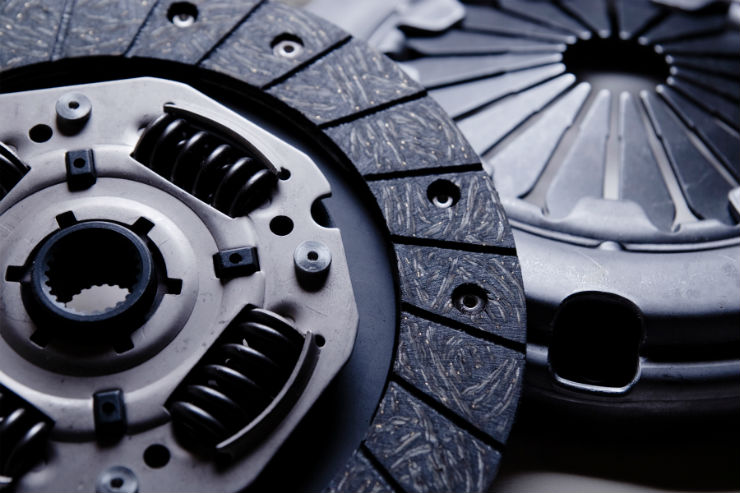
Typically, when the clutch plate in the car is in good condition, the gear shifts are exceptionally smooth. If you find yourself needing more force to slot or engage the car into gear, there is a possibility that something is amiss with the clutch. Even after fully depressing the clutch, if there are noises during gear engagement, it is also an indication of an aging clutch. In some cases, the problem can be resolved by replacing certain parts or making adjustments to existing components.
Why is it important to replace the clutch
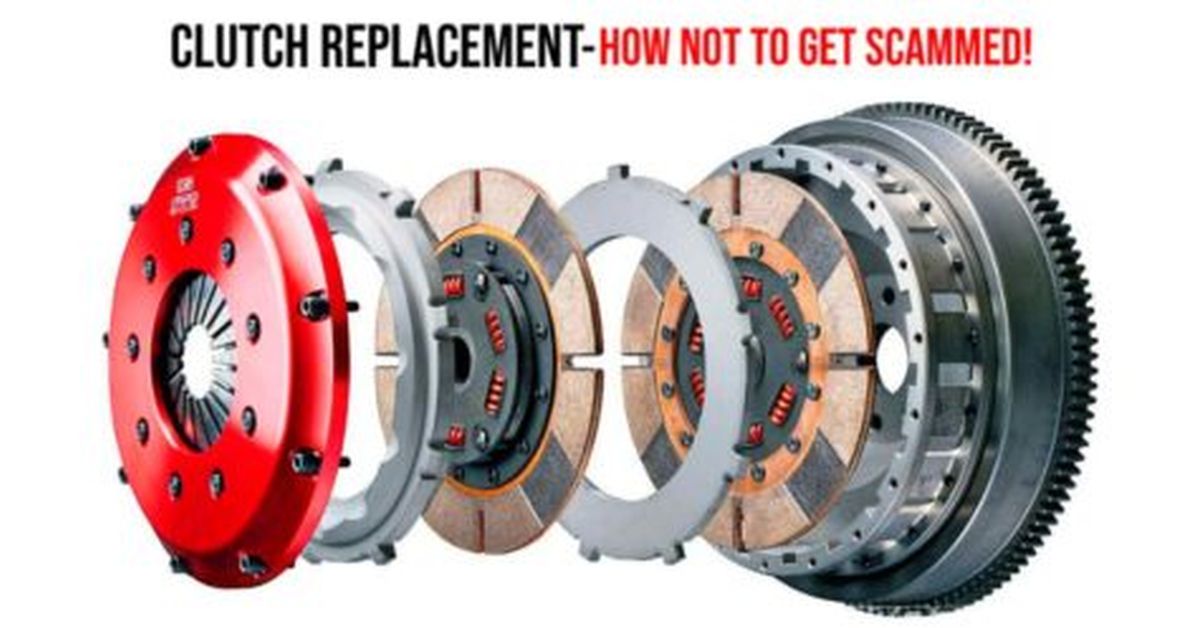
As mentioned earlier, the lifespan of a clutch plate in a car varies depending on the driving conditions. Under normal driving circumstances, the clutch can last around 100,000 kilometers. However, in city or heavy traffic conditions where the clutch is frequently engaged, its lifespan significantly decreases. It is crucial to address clutch plate issues as it serves as the connection between the engine and the transmission. Any malfunction in the clutch can adversely affect the car’s performance and fuel economy.
The cost of repairing your car’s clutch may vary depending on the observed signs. If slippage is the issue, the repair cost could range from Rs 6,000 to Rs 12,000. In more expensive cars, this cost can escalate to as high as Rs 50,000.







